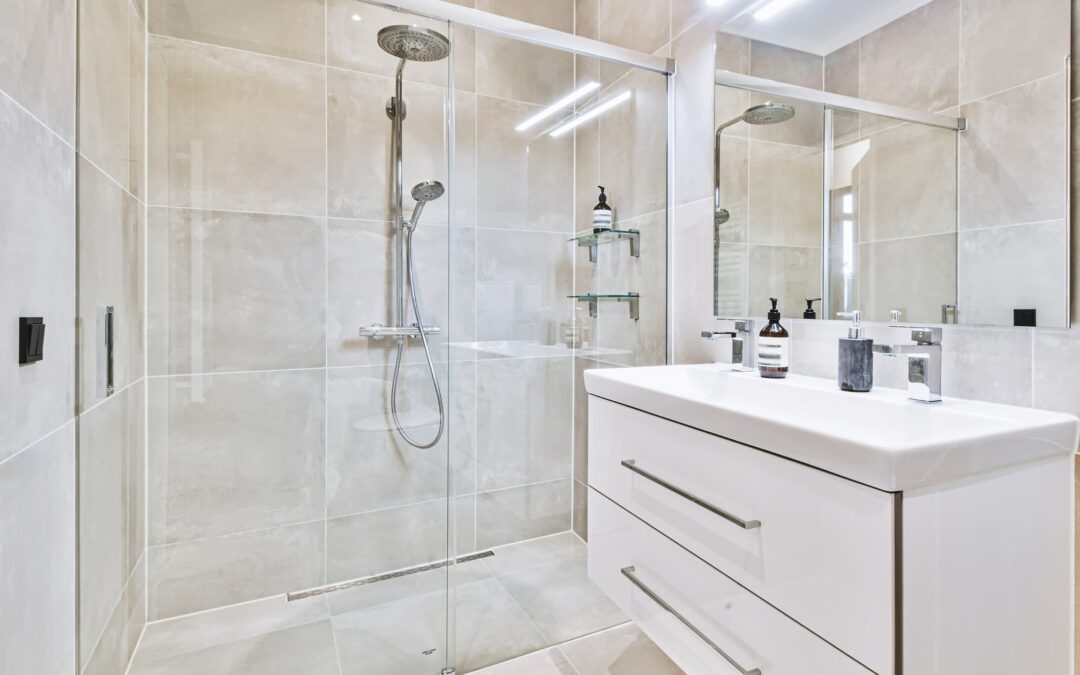The tub to shower conversion process transforms a traditional bathtub into a modern, accessible shower space. This bathroom remodel project offers homeowners a practical solution for updating their bathing space while addressing mobility issues and creating a more functional design. Understanding each step of the tub to shower conversion helps homeowners plan their project and achieve the vision they want for their bathroom.
Understanding the Tub to Shower Conversion Process

The tub to shower conversion process begins with careful planning. Homeowners must choose the right shower design, select materials for shower walls, and determine which features to install. New Wave Home specializes in bathroom remodels with a focus on efficiency, modern design, and one day installation options.
The planning phase requires evaluating the current bathroom layout. This includes measuring the existing tub area, checking plumbing access, and deciding on the new shower configuration. A walk in shower offers easier access than a traditional bathtub. When ready to purchase materials and accessories for the tub to shower conversion, homeowners should bring measurements and photos to help suppliers recommend appropriate products. This preparation brings peace of mind during the tub to shower conversion.
Budget considerations play a role during planning. The cost of a tub to shower conversion varies based on materials, labor, and features. Homeowners should talk with professionals to understand the investment and explore options that fit their budget.
Demolition and Removing the Existing Tub
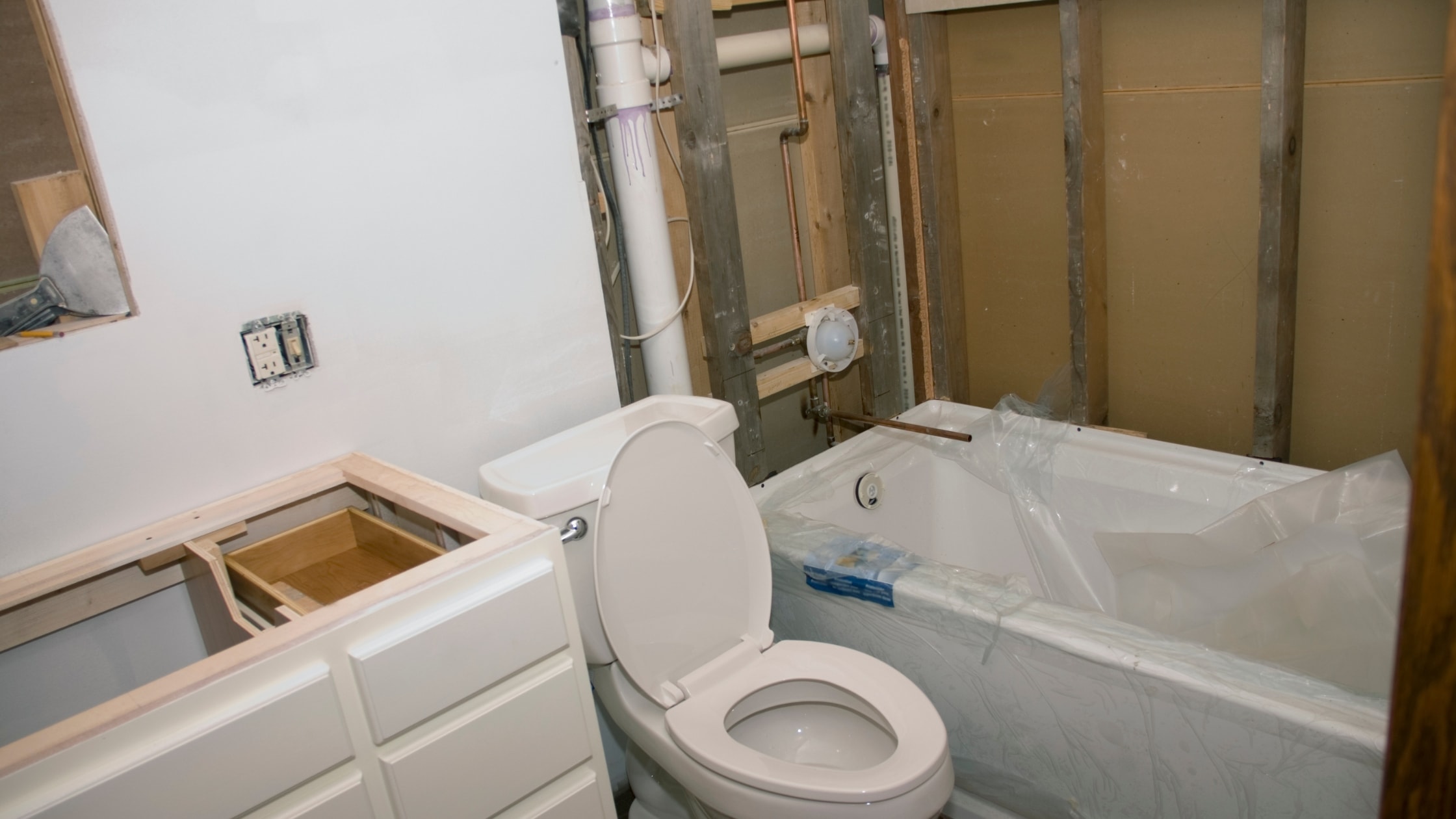
The conversion process begins with removing the existing tub and surrounding materials. Professionals turn off the water supply and disconnect plumbing fixtures before removing the bathtub. This step requires attention to protect walls and flooring from damage.
After removing the tub, contractors inspect the space for mold, mildew, or water damage. Addressing these issues before installing the new shower ensures a clean foundation. This inspection also reveals whether plumbing modifications are needed.
The demolition phase may uncover problems such as rotted subflooring or compromised studs. Professionals can easily address these issues during the remodel, ensuring the completed project rests on a solid foundation.
Preparing the Space for Your New Shower
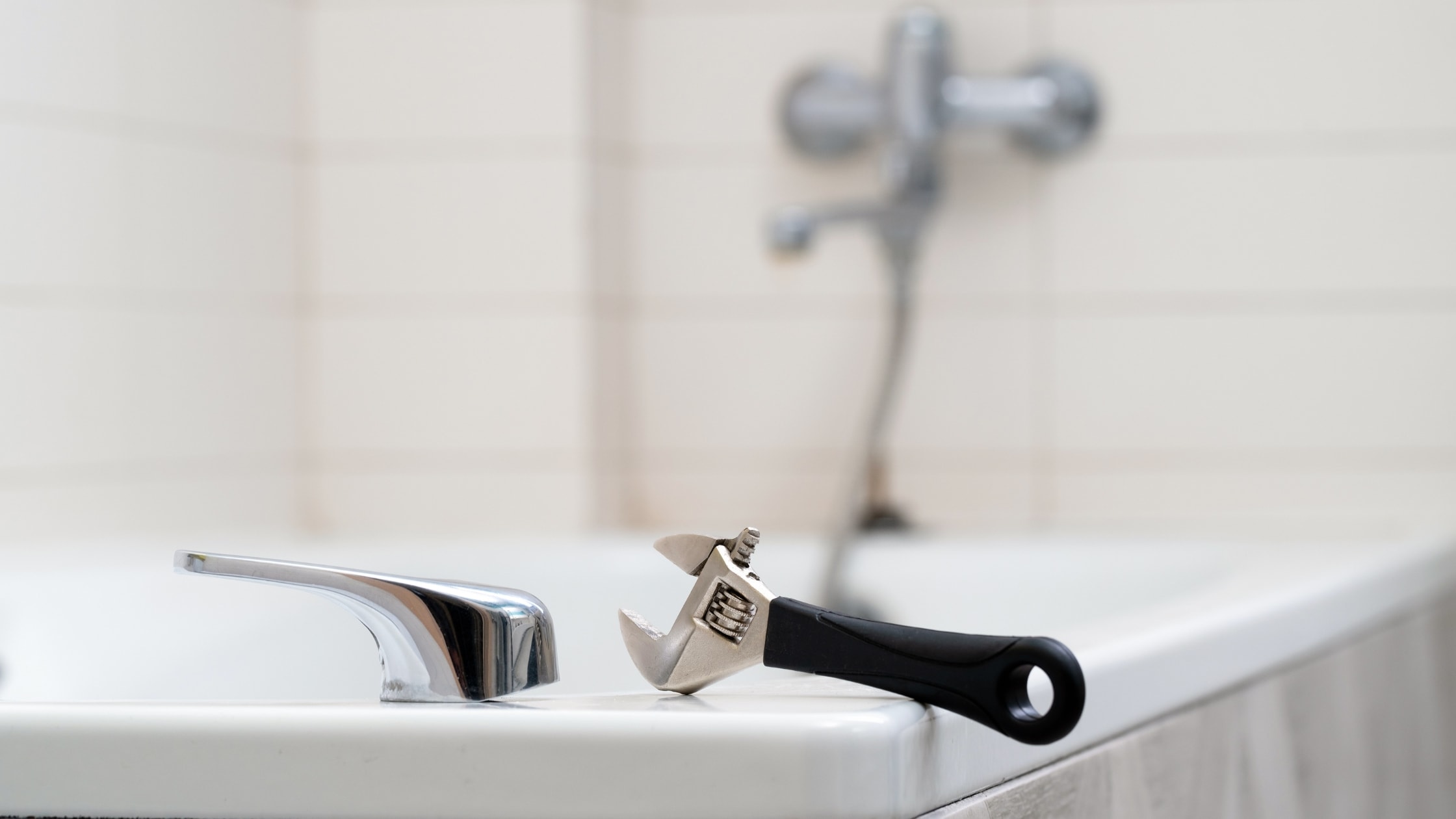
Once the existing tub is removed, professionals prepare the bathing space for installation. This includes repairing damaged subflooring, ensuring proper drainage slope, and verifying that walls are level. These preparations create the foundation for a successful shower conversion.
Plumbing modifications often become necessary during this phase. Contractors may relocate water supply lines, install new drain configurations, or adjust fixtures. Proper planning ensures the shower functions correctly and meets building codes.
The preparation phase involves installing moisture barriers and waterproofing membranes. These protective layers prevent water from penetrating walls and causing damage.
Quick tip: Proper waterproofing extends far beyond the shower pan itself. Professional installers apply waterproof membranes to walls at least six feet high to prevent moisture damage and protect your investment.
Installing the Shower Base and Walls

The shower base installation marks a major milestone in the tub to shower conversion. Professionals position and level the base, ensuring proper drainage and creating a stable foundation.
Modern shower bases come in a variety of materials and designs. Some homeowners choose tile bases for a custom look, while others prefer acrylic or composite materials that are easy to clean. The choice depends on budget and style preferences.
After securing the base, installers work on shower walls. These walls may be tile, solid surface materials, or prefabricated panels. Tile provides design possibilities with various patterns and colors, while solid surface materials offer seamless beauty.
Did you know? Modern shower wall panels can be installed much faster than traditional tile, often allowing for one day completion of the entire project without sacrificing quality or durability.
Installing Fixtures and Features

With the shower base and walls in place, contractors install plumbing fixtures and features. This includes mounting shower heads, installing control valves, and adding luxury features.
Safety features deserve careful consideration during a bathroom remodel. Installing grab bars provides security and stability, especially for households with mobility issues. These bars must be anchored to wall studs.
Storage solutions enhance convenience. Built-in niches and corner shelves keep bath products organized and within easy reach. Planning for storage maintains clean lines.
Finishing Touches and Final Details
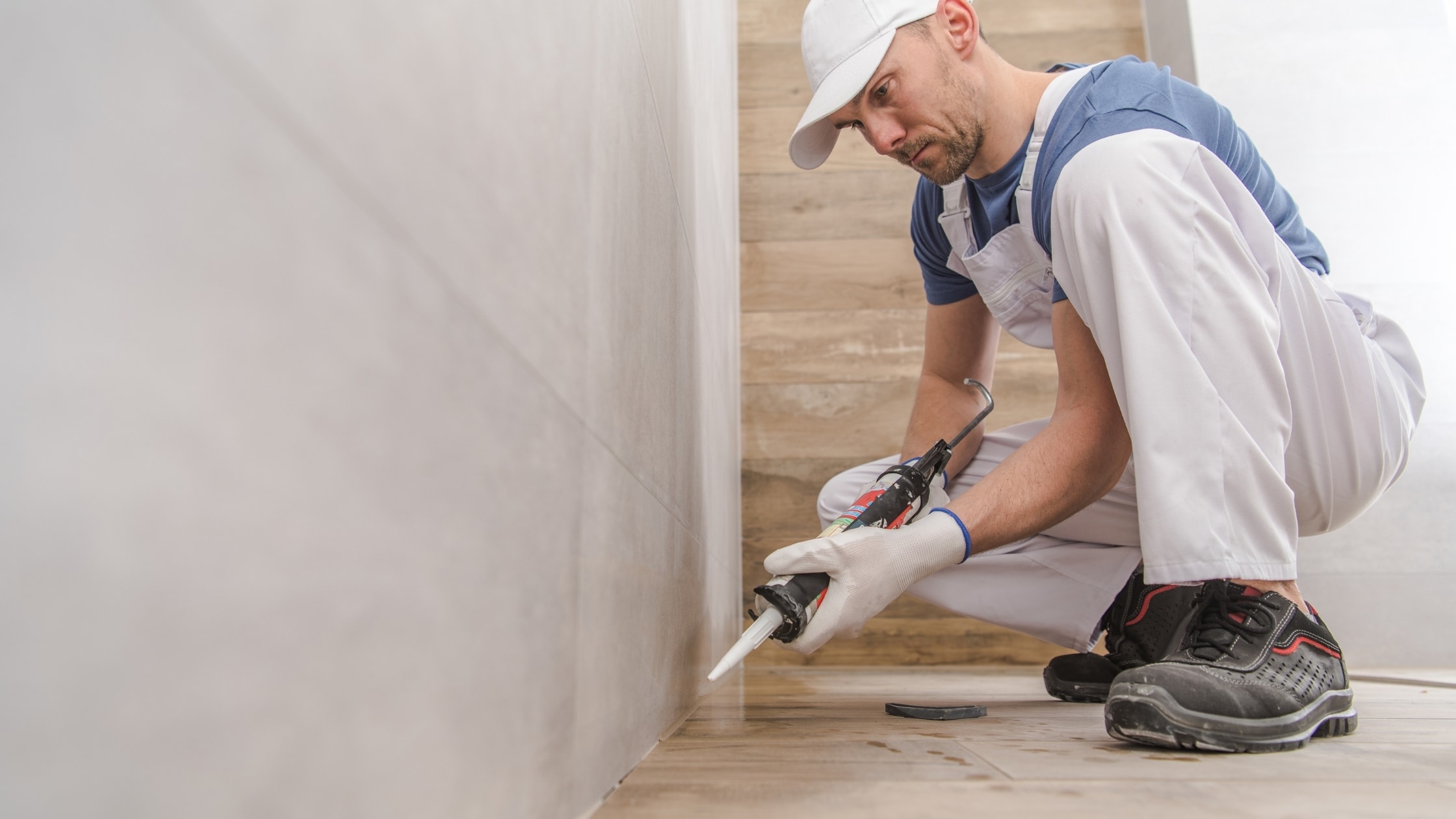
The final phase involves completing all finishing touches. This includes applying caulk and sealant, installing trim pieces, and adding decorative elements.
Contractors perform checks to verify everything functions correctly. They test water pressure, check for leaks, and ensure proper drainage.
The completed shower conversion transforms the bathroom. The many benefits include easier access, reduced maintenance, improved safety, and enhanced home value.
Quick tip: Proper ventilation is essential for maintaining your new shower and preventing mold growth. Install or upgrade bathroom exhaust fans to remove moisture and protect your investment.
Walk in Shower Benefits for Mobility Issues
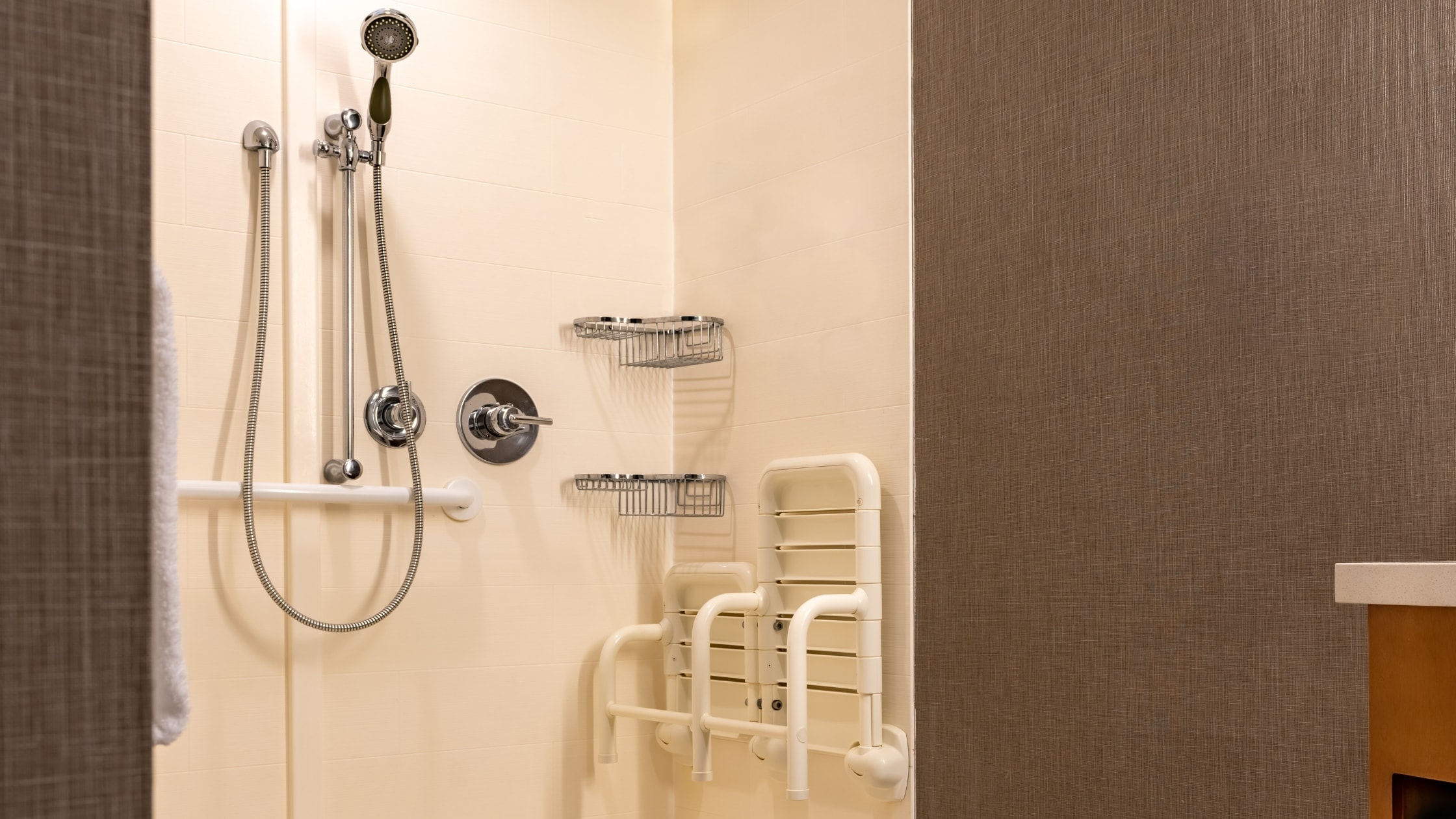
A walk in shower conversion addresses mobility issues by eliminating the high step required to enter a traditional bathtub. This accessibility improvement allows individuals to maintain independence. The barrier-free design accommodates wheelchairs, walkers, and other mobility assistance devices with ease, providing the assistance needed for safe bathing.
Converting a tub to a walk in shower creates a safer bathing environment. The elimination of climbing over a tub edge reduces fall risk, while slip-resistant surfaces and grab bars enhance security.
Professional guidance helps homeowners understand accessibility options for tub-to-shower conversions and select features that meet their needs.
New Shower Installation in One Day
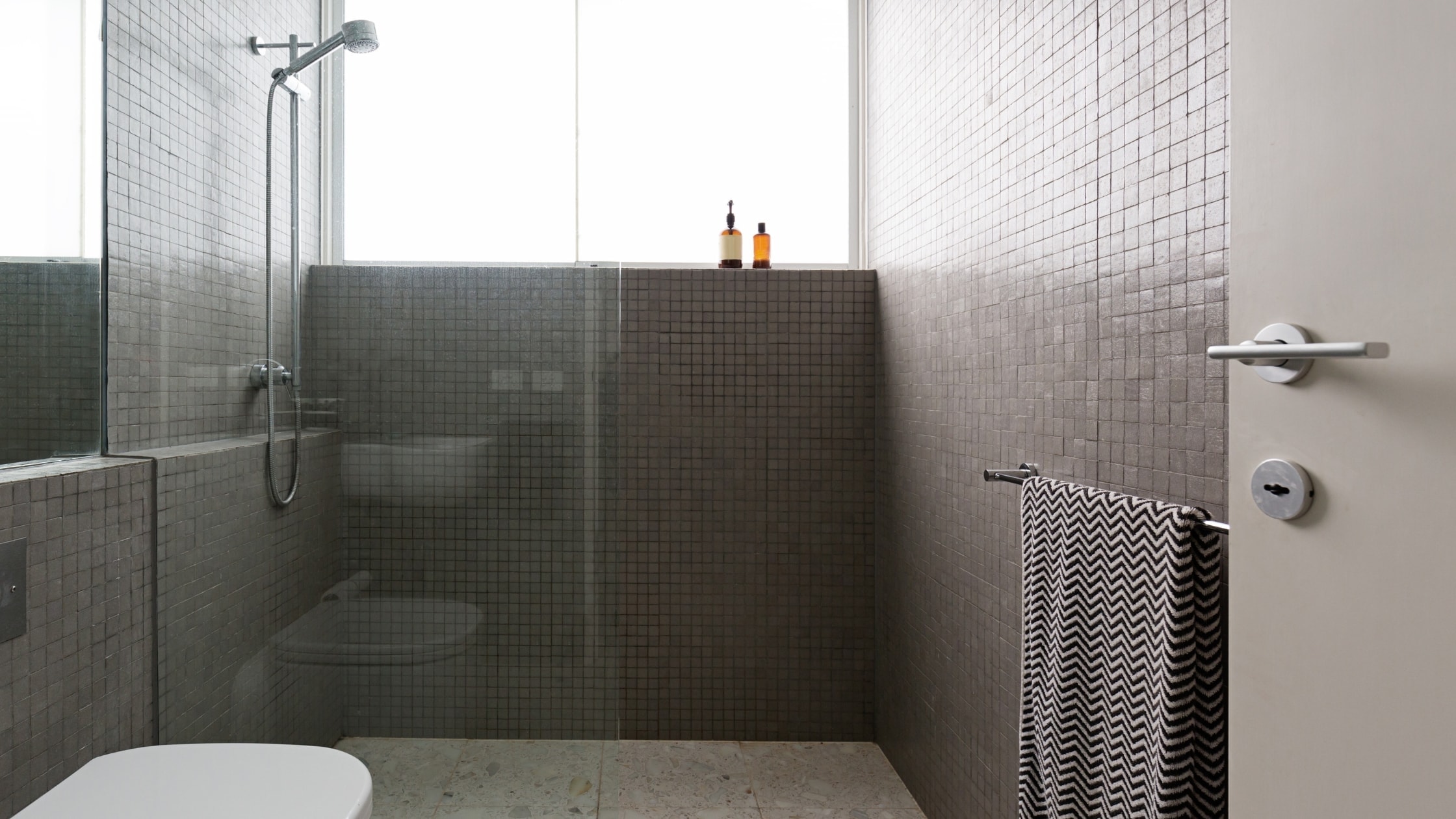
Many homeowners hesitate to start bathroom remodels because they expect lengthy construction timelines. However, modern methods allow some tub to shower conversions to be completed in one day. This efficiency minimizes inconvenience.
One day installations involve prefabricated shower systems designed for rapid setup. Professional installers can remove the old tub and install the new shower system in a single day when conditions are right.
New Wave Home specializes in efficient installations that respect homeowners’ time while delivering quality results.
Common Questions About the Conversion Process
How much does a tub to shower conversion cost?
The cost varies based on materials, labor, fixtures, and project scope. Basic conversions using prefabricated systems cost less than custom tile installations. Getting detailed quotes helps establish realistic expectations.
Can any bathtub be converted to a shower?
Most bathtubs can be converted to showers. The existing bathroom layout, plumbing configuration, and structural conditions affect the conversion process. A professional assessment identifies obstacles and determines the best approach.
How long does the conversion process take?
The timeline depends on project scope. Simple conversions using prefabricated systems can be completed in one day, while custom installations may take several days. Factors include demolition complexity, necessary repairs, and custom tile work.
What maintenance does a new shower require?
Regular cleaning and basic maintenance keep a new shower looking great. Wipe down shower walls after use to prevent soap scum, bacteria, and mildew growth. Clean grout lines, check caulk integrity, and ensure proper drainage. Quality materials extend the life of the shower.
Will converting my tub to a shower affect home value?
Converting a bathtub to a shower can affect home value when the bathroom remodel improves functionality. Homes with at least one bathtub maintain better resale value. Quality materials and installation impact how the conversion affects home value.
Planning Your Bathroom Transformation

The tub to shower conversion process offers homeowners the opportunity to transform their bathroom. Understanding each step helps homeowners make informed decisions and achieve results that meet their vision.
Working with experienced professionals ensures the conversion is completed properly. From initial planning through final inspection, expert guidance helps homeowners avoid common mistakes in tub-to-shower conversions and achieve lasting results.
The bathroom remodel journey begins with research and planning. For comprehensive information about tub-to-shower conversions, including design options and material choices, additional resources provide insights.
The decision to convert a tub to a shower represents an investment in home comfort, safety, and value. With proper planning and professional installation, homeowners can expect to enjoy the many benefits of their new shower for years to come.
According to the National Association of Home Builders, bathroom remodels rank among the most popular home improvement projects, with accessibility modifications showing continued growth in demand as homeowners plan for aging in place.

